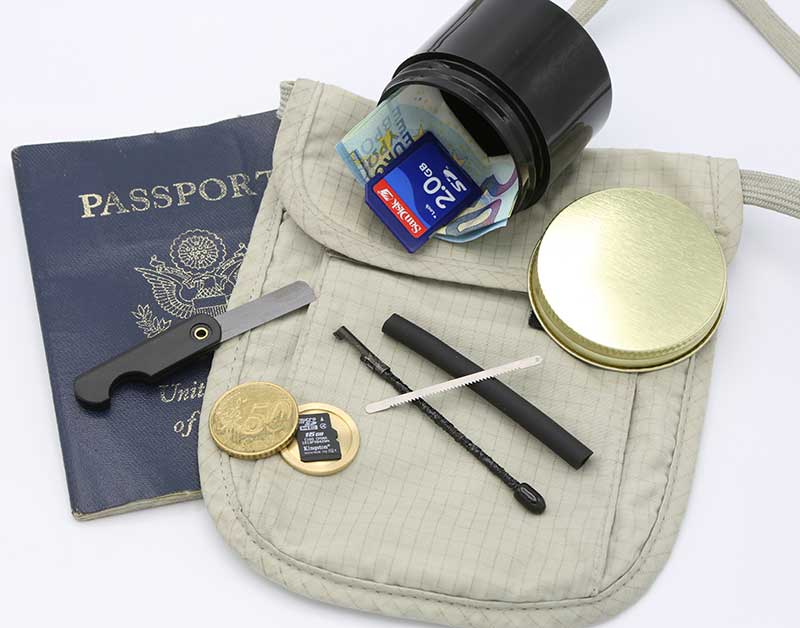Habeas corpus. The term is ugly. Obscure. Like something only a lawyer could love.
But nothing could be more wrong. Within those unattractive Latin words lies an age-old tale of evil kings and their dark dungeons, a tale of the common man battling tyranny. The story begins in England. It begins—as these things often do—with a king seeking more power for himself.
Sometime before the 12th century, a ruler created the writ of habeas corpus. The full term, habeas corpus ad subjiciendum, means, “you must produce the body to be subjected to examination.” “The body,” then and now, meant a living prisoner, not a corpse. It was a means of forcing jailers to produce prisoners to testify in court, whether they were willing to testify or not. Sometimes it was also used to pull a case out of a noble’s private court and into “the king’s justice.”
Other times, however, rulers didn’t want prisoners to be heard. Quite the opposite.
Hapless people disappeared into dungeons—for years or forever—without hearings, trials, lawyers, juries, charges or sentences. For the powerful, it was a handy way to keep a lid on embarrassing information, get rid of unwanted claimants to the throne or prevent political opponents from rallying opposition. Sometimes people were locked up just for spite. Or revenge.
Europeans in those days accepted arbitrary, top-down rule. If the king wanted someone locked up forever, so be it. But the English thought otherwise. They had already grasped the idea that they should have a say over their own government—and that every man and woman should get justice. It didn’t sit well with them that the powerful could simply “disappear” the less powerful.
No one knows exactly how it happened (I like to picture it being carried out by the medieval equivalent of a rabble-rousing TV defense lawyer). But by the 12th century, England had turned the king’s writ of habeas corpus on its head. No longer a tool for the powerful, it became a tool for commoners to use against the powerful.
If the law required that “the body” be produced and examined under law, then by God, every unfortunate languishing in a king’s dungeon must also be brought forward. They must be presented in court. If the court could find no legal cause to hold them, they must be freed.
By 1215, when rebellious nobles forced King John to sign the Magna Carta, they made sure a habeas corpus provision became part of the new order. But the powerful always seek more power. English monarchs gradually found ways to sneak around “The Great Writ.”
The 17th century was a fascinating time. Be grateful you didn’t live in it. In one brief century, the British beheaded one king and deposed another. They fought a civil war and had a “Glorious Revolution.” They were ruled for a time by a bloodthirsty religious fanatic, Oliver Cromwell. They endured the Great Fire of London and a resurgence of the black plague.
But the worst were those pesky monarchs. They were the Stuarts—history’s most obnoxious proponents of the Divine Right of Kings. That’s the doctrine that says the monarch is chosen by God and answers to no one except God. The king is above all the laws of the land. To question the monarch is to commit heresy. “If you’re not with us,” the Stuarts might have said, “you’re helping the devil.”
In the late 1620s, shortly after ascending to the throne, Charles I (the most notorious of that evil clan) used the Star Chamber—a secret executive body that allowed him to get around Parliament and to administer cruel and arbitrary forms of “justice”—to order the gentlemen of his realm to loan him an enormous sum of money. “Loan” is a polite word; it was more like extortion. Seventy-six refused to pay and were jailed without charges.
When five knights petitioned for habeas corpus (which meant they should either be charged with crimes or freed), the writ was denied. The lord chief justice said (to put it in modern language), “The king ordered you imprisoned. And that alone is sufficient reason to keep you in prison.”
Something had to give. By 1640, Parliament—the people’s body, acting under fierce pressure from the populace—passed the first Habeas Corpus Act, codifying the Great Writ. The very next year, Parliament abolished the Star Chamber. By 1649, Charles had—literally—lost his head.
In 1679, Parliament passed a second Habeas Corpus Act, broader than the first. This act ordered jailers to produce prisoners within days and made it clear that the writ extended to anybody held by “the authorities” anywhere, including “beyond the seas.” Since then, habeas corpus has always applied to citizens and non-citizens alike, both within the nation’s borders and outside them. Government must “produce the body” in the regular courts of the land. It cannot hold anyone indefinitely.
During the turmoil of the 17th century, the future United States was being colonized. Americans soon formed a constitutional republic based on the revolutionary conviction that the people—not just as a mass, but as ordinary individuals—had rights that even kings and presidents could never abridge.
The Founders enshrined habeas corpus within the body of their new Constitution, where it says, “The Privilege of the Writ of Habeas Corpus shall not be suspended, unless when in Cases of Rebellion or Invasion the public Safety may require it.”
Three U.S. presidents saw fit to temporarily suspend habeas corpus: Lincoln, during the War Between the States, to quell riots and curb his political opponents; Grant, in a few South Carolina counties during reconstruction; and Franklin Roosevelt, when he locked up Americans of Japanese descent during World War II. Each suspension was temporary, and history hasn’t looked kindly upon any of them.
Statutes now define how long prisoners can be held before charges are brought, so the writ of habeas corpus is seldom used today in its traditional sense. More often, it ensures that convicted prisoners can get new hearings when evidence of innocence arises (for instance, if DNA evidence shows that a convicted man did not commit a rape or murder of which he was convicted). So we’ve forgotten how important to liberty habeas corpus is. We’ve come to think of it as one more trick convicts use to game the justice system.
In 1996, President Clinton and the Republican Congress cooperated on the Anti-Terrorism and Effective Death Penalty Act which, among other things, limited the time prisoners have to petition for the writ of habeas corpus. Nobody much cared.
In October 2006, George W. Bush signed into law the Military Commissions Act. Among other provisions, the act said that any non-U.S. citizen held by U.S authorities and labeled an enemy combatant (and remember, that label is an arbitrary one, imposed by the executive branch without hearings, defined standards or checks and balances), has no right to appeal his imprisonment to a civilian court.
The Bush administration had been operating under similar standards since 2001, using executive orders. The Military Commissions Act was an attempt to overcome unfavorable Supreme Court decisions.
On 13 November 13 2006, the Bush administration filed papers with the U.S. Supreme Court explicitly claiming that any immigrants in the U.S.—including the millions of legal residents—could be denied habeas corpus if the “unitary executive” declared them to be enemy combatants. (Earlier, the administration twice denied habeas corpus to U.S. citizens.)
A great battle has been going on for more than 800 years. Rulers—claiming public safety or simply executive power—have repeatedly tried to lock people up without due process. Common people have fought and died to prevent such tyranny.
By the time you read this, the Democrats will dominate Congress. Maybe they’ll repeal the Military Commissions Act. But history says very few laws ever get repealed.
Which side are we on in this great battle? Do we trust our government to give more power to itself? Do we assume that our government will always be different from every other government on earth? Do we do as it asks: “Trust us, we’re for democracy and freedom.”
Or do we stand on the side of centuries’ worth of warriors for individual liberty? Do we insist that every man and woman be subject to the same form of justice even—and perhaps even especially—when we hate and fear them?






